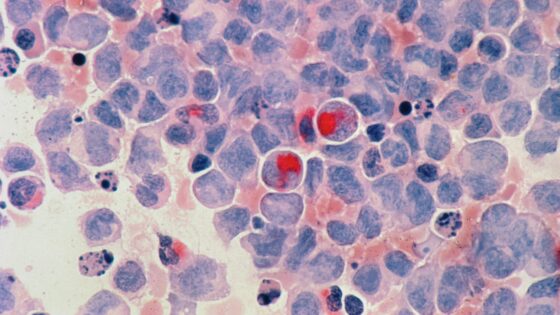It’s not exactly breathing underwater, but it’s close.
During times of hibernation, many animals, like snapping turtles, can live under the water with nearly no oxygen. How is it possible that they can survive like that? The answer is in how the animal was raised.
New research shows that when turtle embryos experience low levels of oxygen, it teaches their heart to be resilient to these types of conditions. It essentially programs their hearts to learn to adapt to living that way. These reptiles are able to maintain metabolism and muscle function through these extreme environments.
In the study, they noticed that when oxygen was being reintroduced to the reptiles, their heart cells showed almost no injury whatsoever. In humans, we would see massive tissue damage if this happened to us. By having early exposure to little oxygen, the molecule ROS, which can become toxic when tissue reoxygenates too quickly, actually ends up protecting the heart muscles from any damage.
As a result, the heart is able to contract normally, even without any oxygen. With this knowledge, scientists hope that they can keep the human heart alive for a longer period of time. They believe that a future drug could be developed to switch on and off those same mechanisms all while protecting the human heart from oxygen deprivation.
Human hearts and turtle hearts are very anatomically similar. With that being the case, scientists can really study and understand all the factors that are contributing to their oxygen-depleted survival. And, with that knowledge, the future of the human heart could change forever.
































